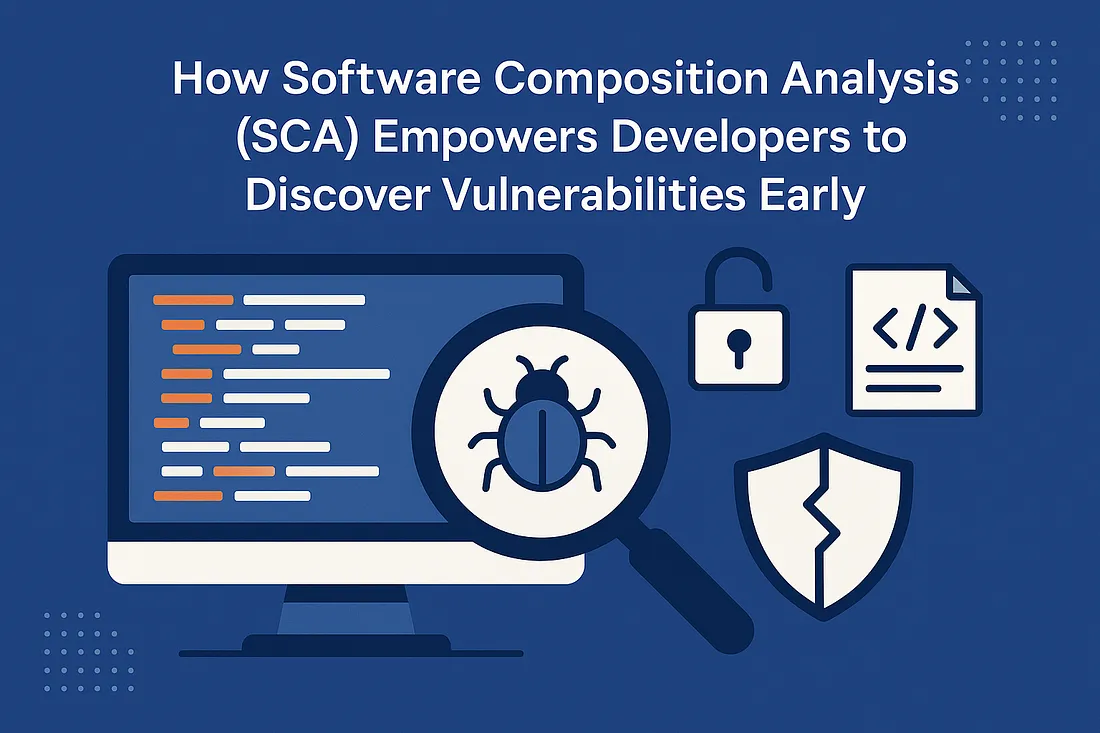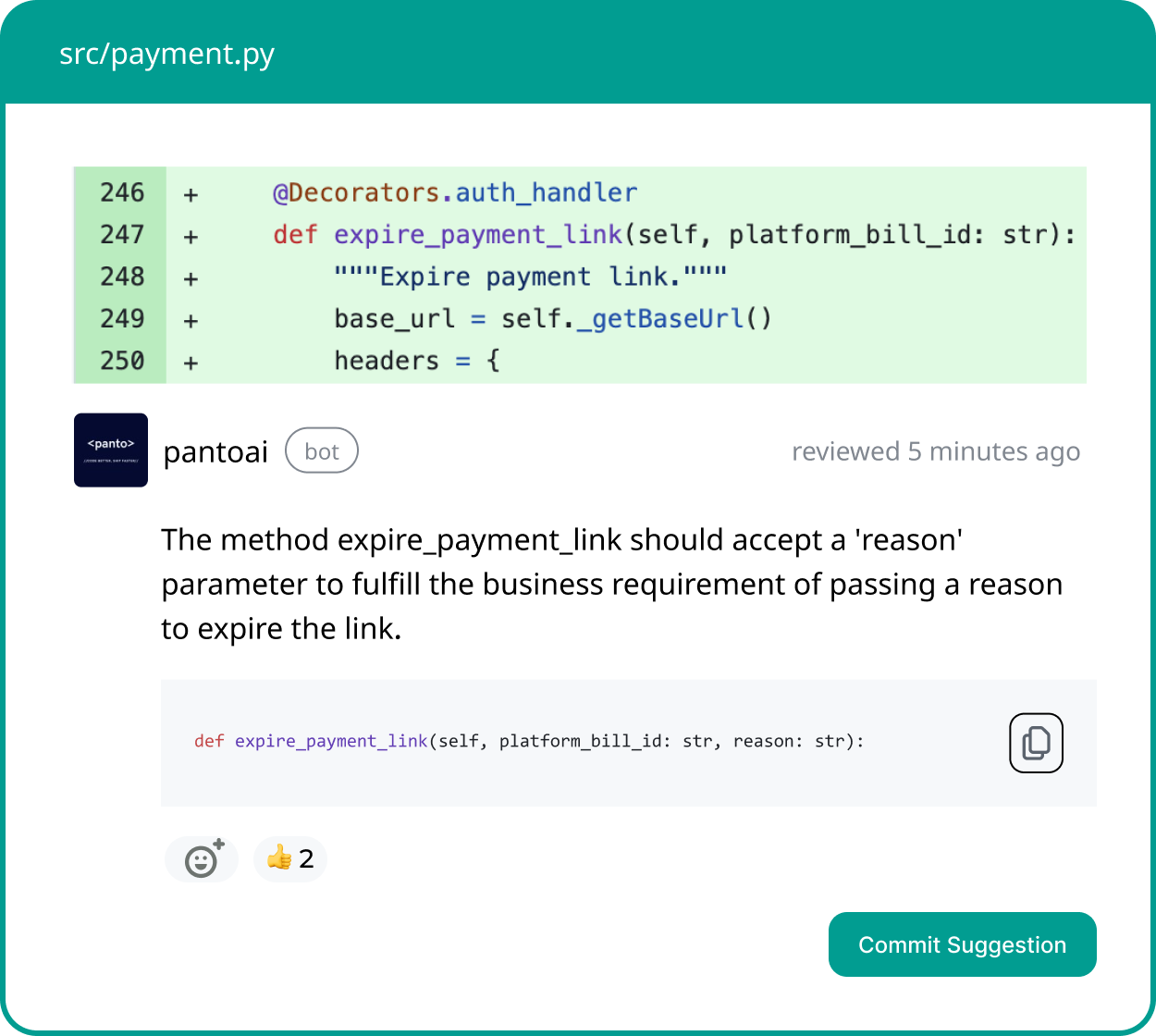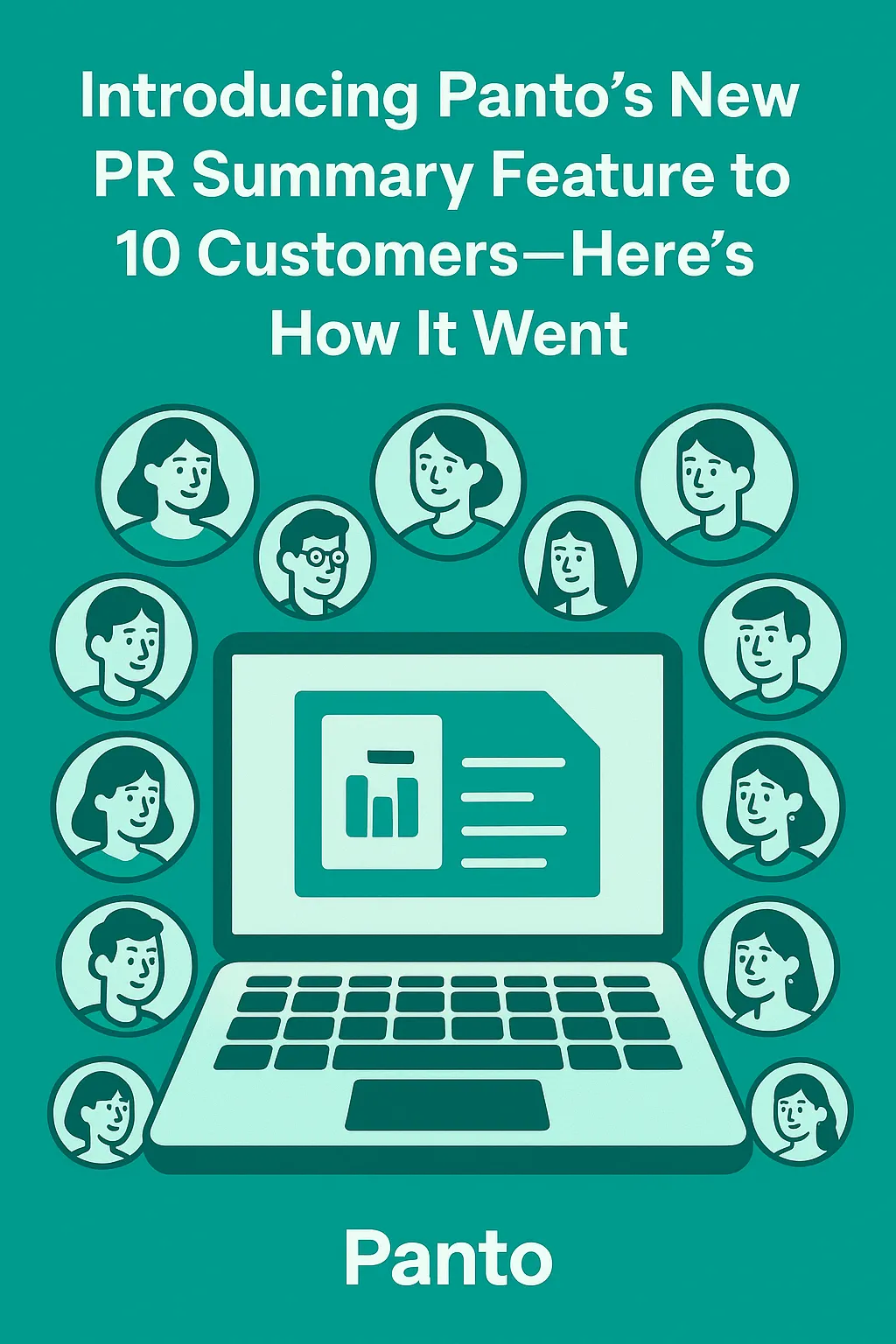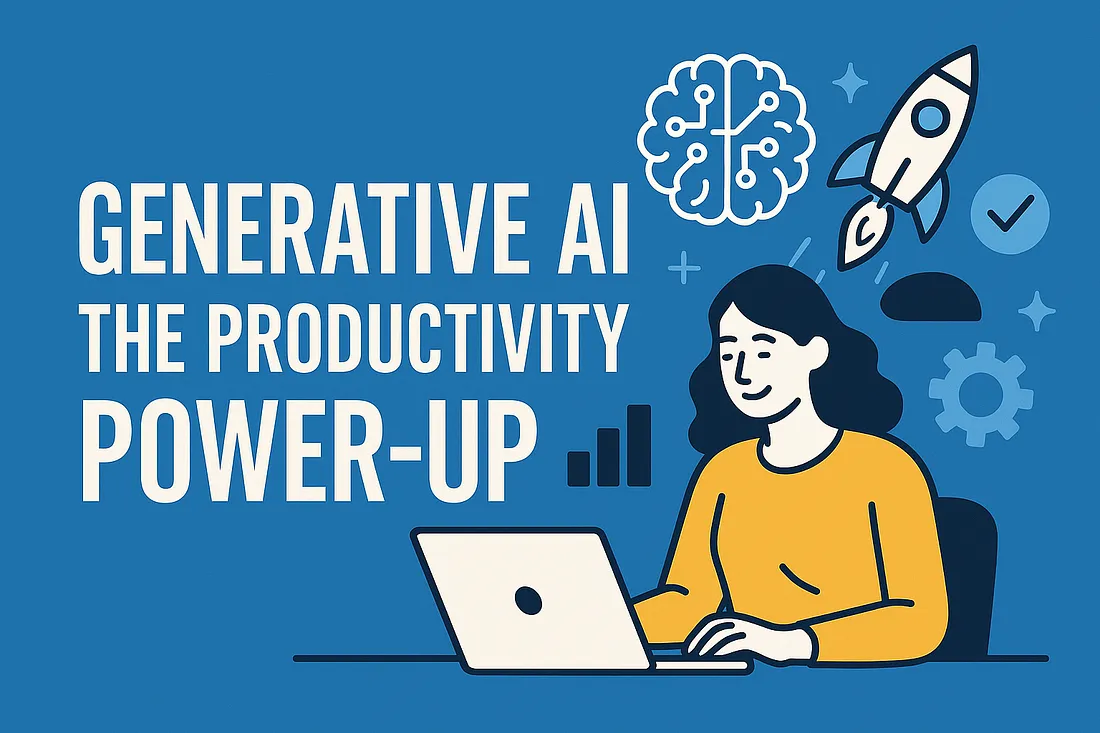How Software Composition Analysis (SCA) Empowers Developers to Discover Vulnerabilities Early

In today’s fast-paced software development landscape, security is a top priority. Modern applications often rely on a complex web of open-source and third-party components, making it increasingly challenging to ensure code safety. This is where Software Composition Analysis (SCA) becomes invaluable for developers aiming to identify vulnerabilities before they reach
The Role of SCA in Early Vulnerability Detection
SCA tools automatically scan codebases to identify all open-source components and dependencies. By cross-referencing these components with known vulnerability databases, SCA enables developers to:
- Detect vulnerabilities early: SCA highlights issues as soon as new dependencies are added, allowing teams to address them before they become embedded in the product lifecycle.
- Maintain compliance: Many industries require strict adherence to security standards. SCA helps ensure that all components meet these requirements.
- Reduce remediation costs: Addressing vulnerabilities early in the development process is significantly less expensive than fixing them after deployment.
Key Metrics That Demonstrate SCA’s Impact
To effectively measure the impact of SCA and your overall security posture, consider these key metrics:
- Vulnerability Scan Coverage: The percentage of assets and environments scanned. Higher coverage means fewer blind spots.
- Mean Time to Detect (MTTD): Average time to discover vulnerabilities after they appear. Lower MTTD indicates a more responsive security posture.
- Mean Time to Remediation (MTTR): Average time to fix vulnerabilities once detected. Top teams aim for MTTR measured in days, not weeks.
- False Positive Rate: Proportion of non-issues flagged as vulnerabilities. Lower rates reduce alert fatigue.
- Risk Score: Severity and potential impact of each vulnerability, helping prioritize fixes.
Industry experts emphasize that combining multiple metrics into a context-aware dashboard provides more productive insights than isolated data points. Security is no longer a final checkpoint but a foundational element integrated throughout development.
Why Dashboards Are Integral to the Developer Experience
Dashboards provide a centralized, real-time view of security metrics, code quality, and vulnerability status. They enable developers to:
- Quickly assess risk: Visual summaries help teams prioritize which vulnerabilities to address first.
- Track progress: Dashboards show trends over time, making it easier to measure the impact of security initiatives.
- Facilitate collaboration: Clear, accessible data ensures alignment across developers, security teams, and stakeholders.
Real-time dashboards improve decision-making and efficiency by presenting actionable insights in an easily digestible format. They also help track industry-standard metrics such as DORA metrics (deployment frequency, lead time for changes, change failure rate, and mean time to recovery), which correlate strongly with software delivery performance.
Panto AI: Personalized Dashboards for Optimal Code Health
At Panto AI, we understand that every development team has unique needs. That’s why we direct our customers to personalized dashboards where the most relevant metrics and values are highlighted for their specific projects. This tailored approach enables developers to focus on what truly matters, driving better code optimization and a more secure development process.
Conclusion
Adopting SCA is a proactive step toward building secure, resilient software. By discovering vulnerabilities early and leveraging intuitive dashboards, development teams can safeguard their applications and maintain a robust security posture throughout the software lifecycle.
Your AI code Review Agent
Wall of Defense | Aligning business context with code | Never let bad code reach production
No Credit Card
No Strings Attached


AI-Generated Code: Finding the Right Percentage for Your Development Team
The question isn't how much AI code you should have, but how well your team can integrate, review, and maintain it. This article explores the nuanced balance between productivity, quality, and team confidence when adopting AI-generated code.
Jul 11, 2025

Best Practices for Writing Secure Code: A Developer’s Guide to Protecting Your Projects
In an era where software powers everything from personal blogs to global enterprises, the importance of secure code cannot be overstated. This guide outlines sixteen actionable strategies every developer should follow to ensure their code is as secure as it is effective.
Jul 10, 2025

How a Null Pointer Exception Brought Down Mighty Google: 7 Hours of Downtime Explained
On June 12, 2025, Google Cloud Platform (GCP) suffered a major outage that rippled across the internet. Popular services like Spotify, Discord, Snapchat and others reported widespread failures, as did Google’s own Workspace apps (Gmail, Meet, Drive, etc.). This article explains how a single null pointer exception in Google’s control plane caused a global disruption.
Jul 09, 2025

Introducing Panto’s New PR Summary Feature to 10 Customers — Here’s How It Went
Earlier this month, we rolled out Panto’s brand-new PR Summary feature to a select group of 10 customers. Our goal: to see how real engineering teams would use AI-generated, natural language summaries for every pull request, and whether it would truly transform their code review process.
Jul 08, 2025

Generative AI: The Productivity Power-Up
Imagine a world where your wildest ideas can be sketched, written, or even sung into existence by a digital genie — no magic lamp required. Welcome to the era of Generative AI, where productivity isn’t just getting a boost; it’s strapping on a jetpack and blasting into the stratosphere.
Jul 07, 2025

AI-Driven Development: The Future of Building Software in 2025
In 2025, AI-driven development isn’t just a buzzword — it’s the new reality for how software is built, tested, and shipped. Advanced AI tools are now woven into every phase of the software lifecycle, making development faster, smarter, and more collaborative than ever before.
Jul 04, 2025